How To Create Backyard Garden
These rock garden ideas will inspire you to create your very own rockery – and it's just as well that now is the perfect time to start building a modern rock garden, big or small.
The rock garden has had a long run of popularity over the years. Brought into favor by the able propaganda of William Robinson and Gertrude Jekyll, it made an irresistible appeal to gardeners already in full retreat from the over-elaborate formality of mid-Victorian gardening. It fitted admirably with the theories of naturalism that were then being applied to garden design and its novelty was, perhaps, not the least of its charms.
Now that the novelty has departed and the theories are outmoded, it may not be a waste of time to consider once again the exact place and value of rock gardens in your garden ideas.
Rock garden ideas
These wonderful rock garden ideas will provide all the inspiration you need to start creating your very own rockery, or incorporating elements of this aesthetic into your flower bed ideas.
1. What stone should you use in a rock garden?
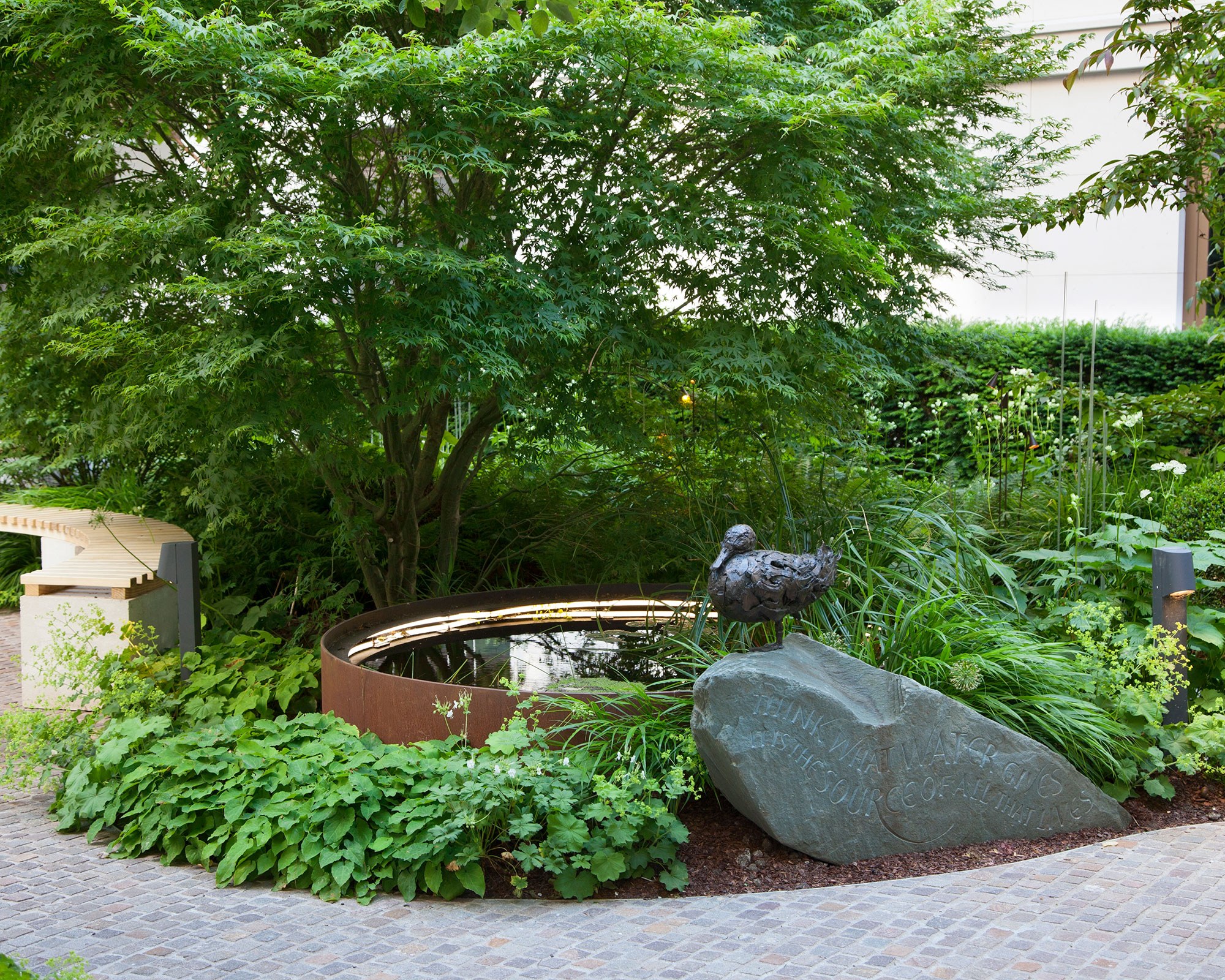
(Image credit: Future / Annaick Guitteny)
The first point which has to be decided is the class of stone to be used, for upon this should depend the entire scheme of construction. At the present time it is fashionable to procure water-worn limestone.
When laid by an expert this produces really beautiful effects, but it is quite possible to evolve a curated rock garden without its use. Indeed, in some situations such stone does not look natural, owing to the character of the surrounding scenery and vegetation – though perhaps the suggestion of a sandstone outcrop, for instance, would not seem incongruous.
On the score of landscaping cost, there are great advantages in using local stone. It is almost certain, too, to harmonize with its surroundings, but care must be taken to see that it will withstand wet and frost under the necessary conditions without crumbling or flaking.
2. Plant unusual succulents for an architectural element
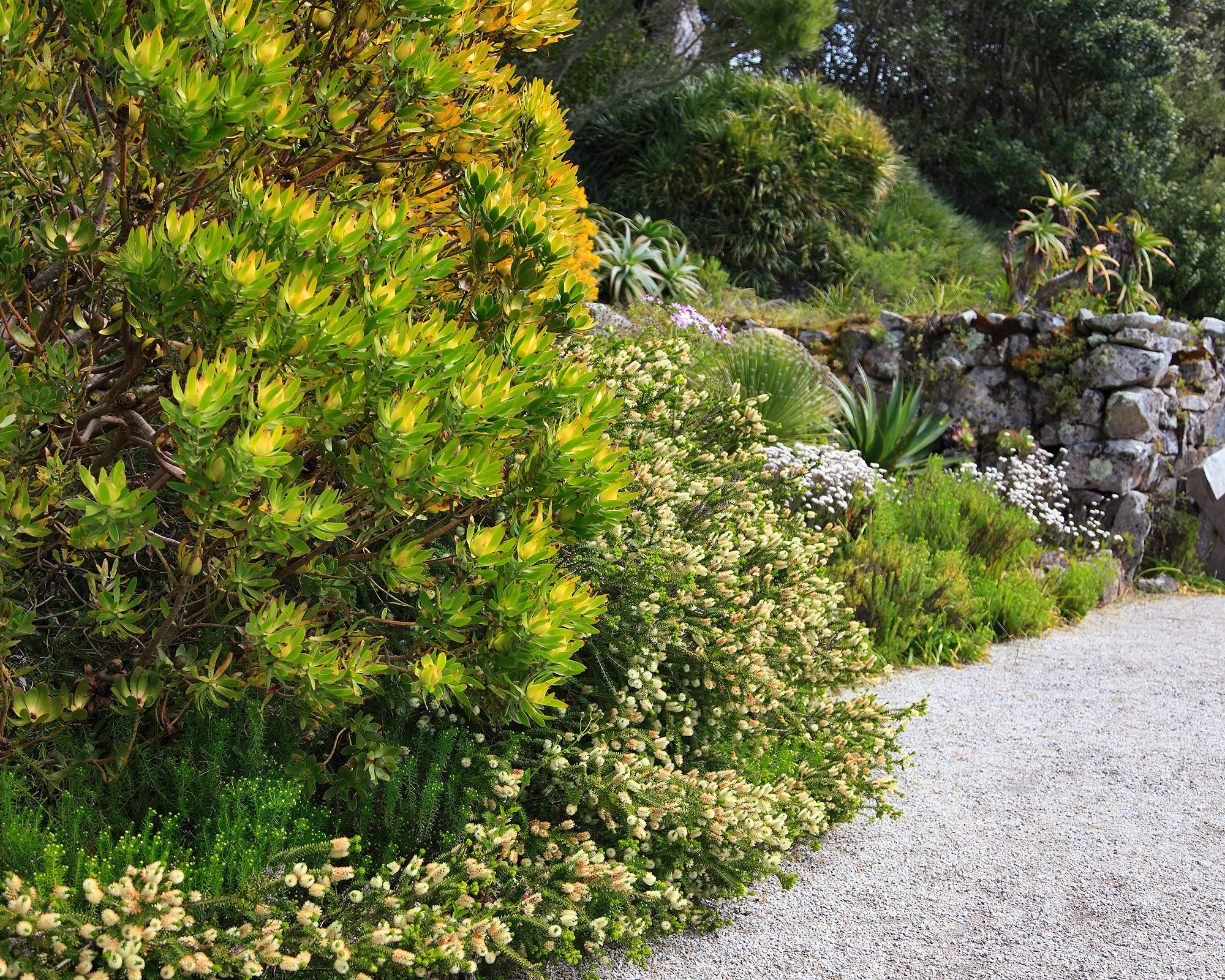
(Image credit: Future / Annaick Guitteny)
Plants are pretty amazing things, and none more so than succulents, which have adapted their structure to hold on to water so they can survive in inhospitable dry conditions, extreme heat, and with very little maintenance.
This plant group is a diverse as it is fascinating, including the likes of aloes, cacti, houseleeks and agaves. Most succulents use their fleshy leaves to store water, but some also use their stems and roots, and the leaves tend to be thick and waxy to reduce evaporation.
Look for succulents that are borderline hardy, like Aloe striata. If your garden is frost-free you should be able to grow these outdoors all year round. But don't worry if this isn't the case – lots of succulents such as houseleeks and sedums, are similarly hardy.
Excess water can be a problem, so whether you are planting straight into the ground or using raised garden bed ideas in your rockery, you'll need to improve drainage amongst the rocks by adding plenty of grit and gravel.
3. Invest in hardy 'seaside' plants
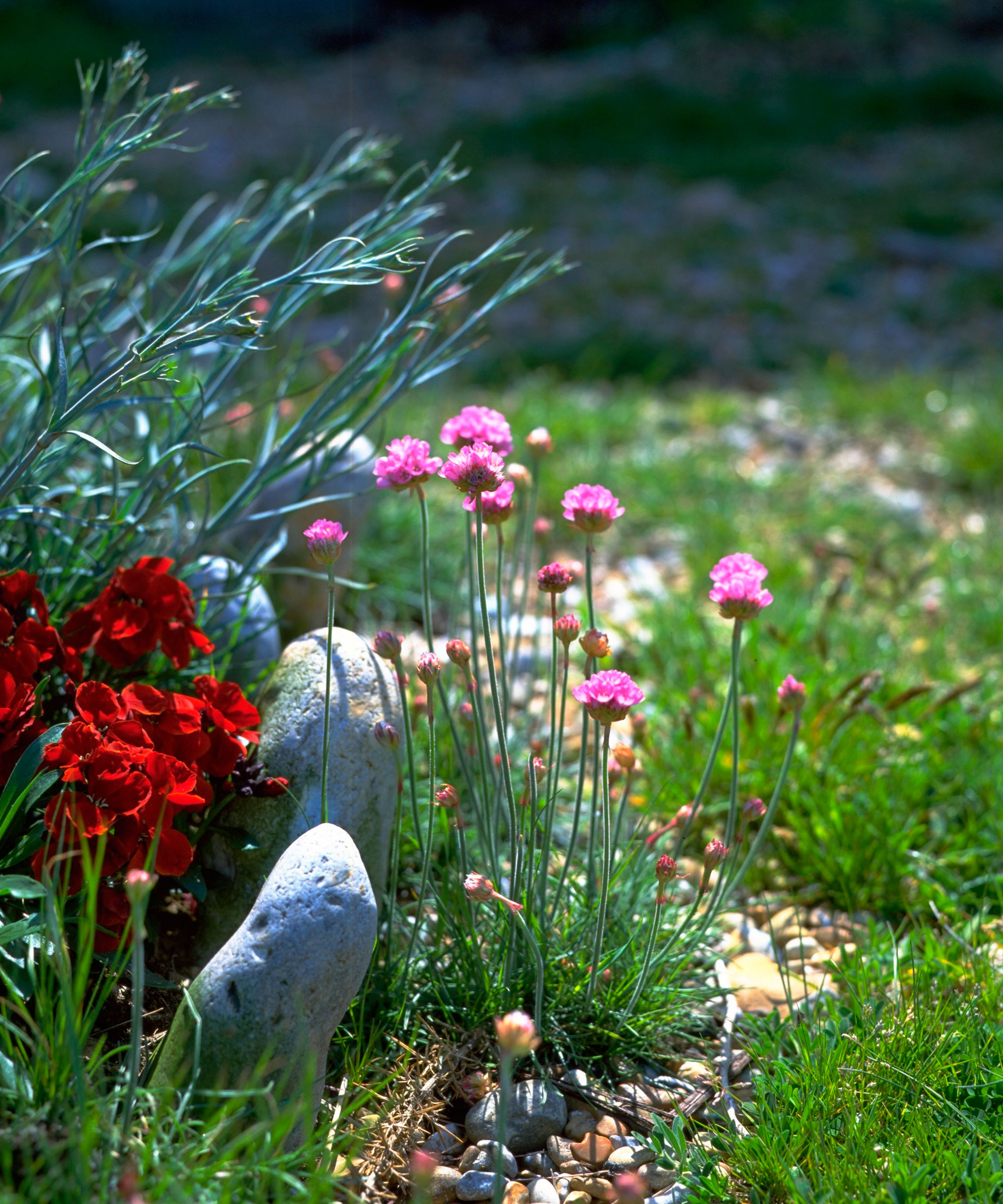
Pink thrift (Armeria maritima)
(Image credit: Future / Alex Ramsay)
Plants that thrive on the coast are tough and exceptionally hardy, therefore they make the perfect addition to rock garden ideas.
Gardening by the sea presents particular challenges – gale-force winds, salty air, bright light and poor soil conditions. The plus points of coastal growing are that maritime plants tend to be drought-tolerant and untroubled by pests and diseases, useful if you are planning a dry garden.
Our shores are full of stunning wild flowers, like low-growing pink thrift (Armeria maritima) and blue-flowered sea lavender (Limonium latifolium), which will beautifully embellish your rock garden ideas.
Providing they are positioned in a sun-laden spot, these 'strong' plants are a good match for rockeries. And, they offer an abundance of subtle color, interesting textures – and will gently sway in the breeze.
4. ... and ornamental grasses
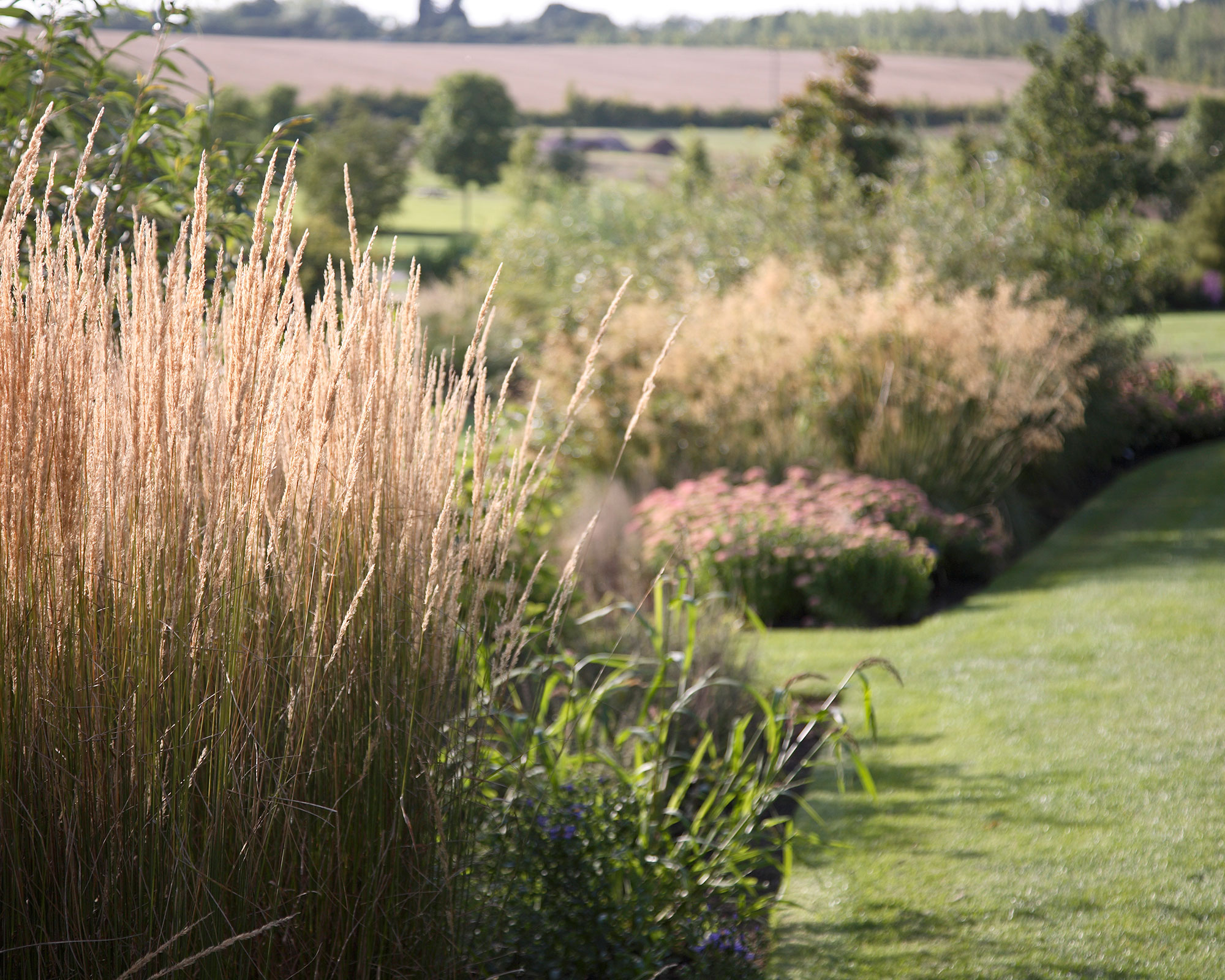
(Image credit: Future / Annaick Guitteny)
Ornamental grasses fit into any garden style adding grace, texture and movement to garden border, and if planted en masse they bring a delightful musical note to the garden when they rustle in the wind. They also work equally well in rock garden ideas, creating instant interest and drama among the rocks.
When planning how to grow ornamental grasses, think of using them to fill gaps that are emerging, or combining them with late-flowering perennials such as sedum, asters and any stems of Verbena bonariensis. Alternatively, put those with showy, evergreen foliage to good use by weaving them in between plants with bold architectural outlines.
5. Embrace the unkempt look of a moss garden
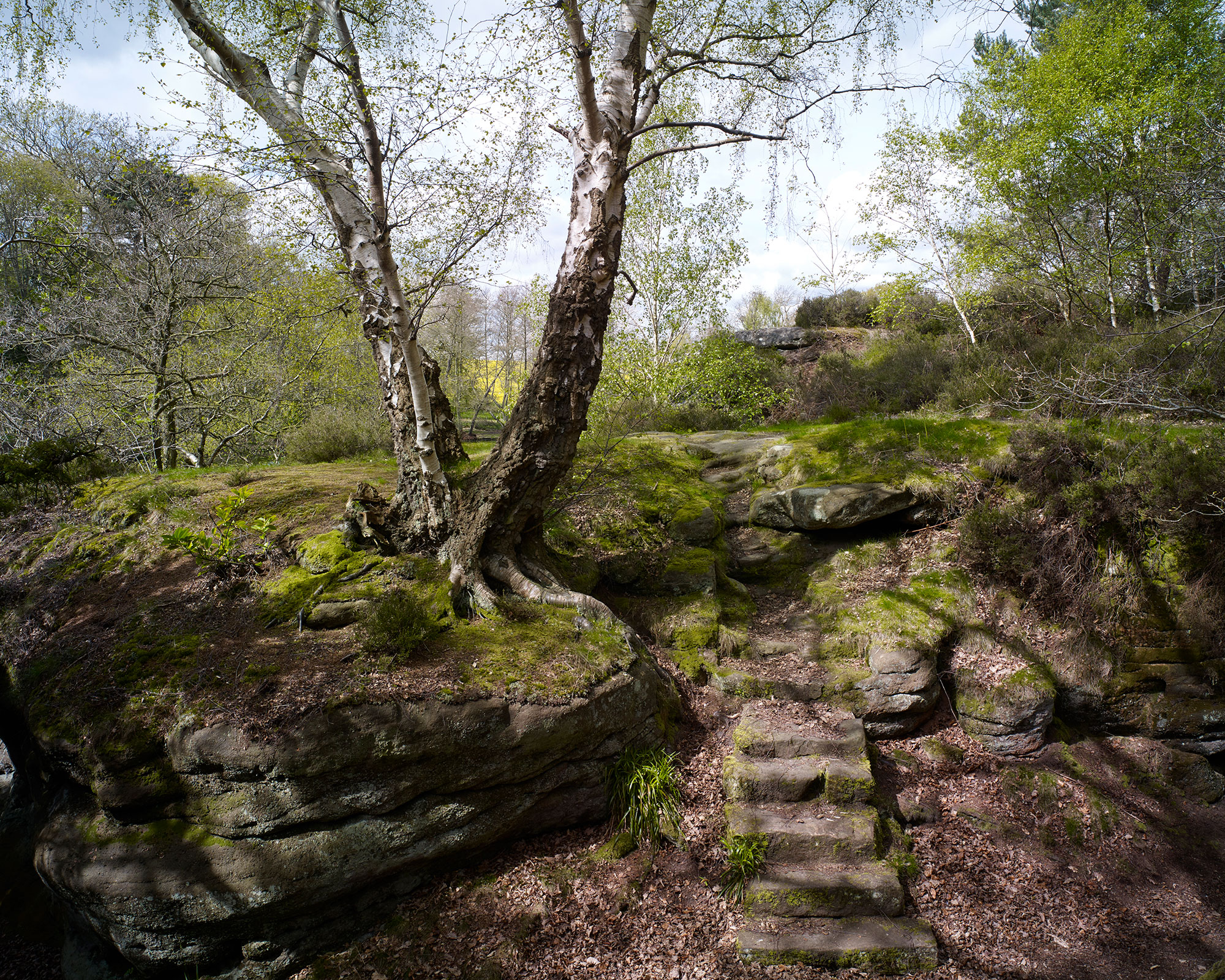
(Image credit: Future)
Inspired by serene botanical Japanese garden ideas, the mossy rock garden is set to be the latest trend for solving problems with patchy, yellow grass and overgrown lawns.
In fact, many argue that moss is fundamentally better than grass, plus it does an amazing job of cleansing the air of pollutants. Moss gardens are also more eco-friendly, lower maintenance and durable, and while it's not the traditional Western way to garden, it is gaining credence.
'Moss gardening is traditional in Japan and has been very popular in North-West and North America,' says Guy Barter, chief horticulturist at the Royal Horticultural Society.
6. Create a natural appearance with boulders – the Japanese way
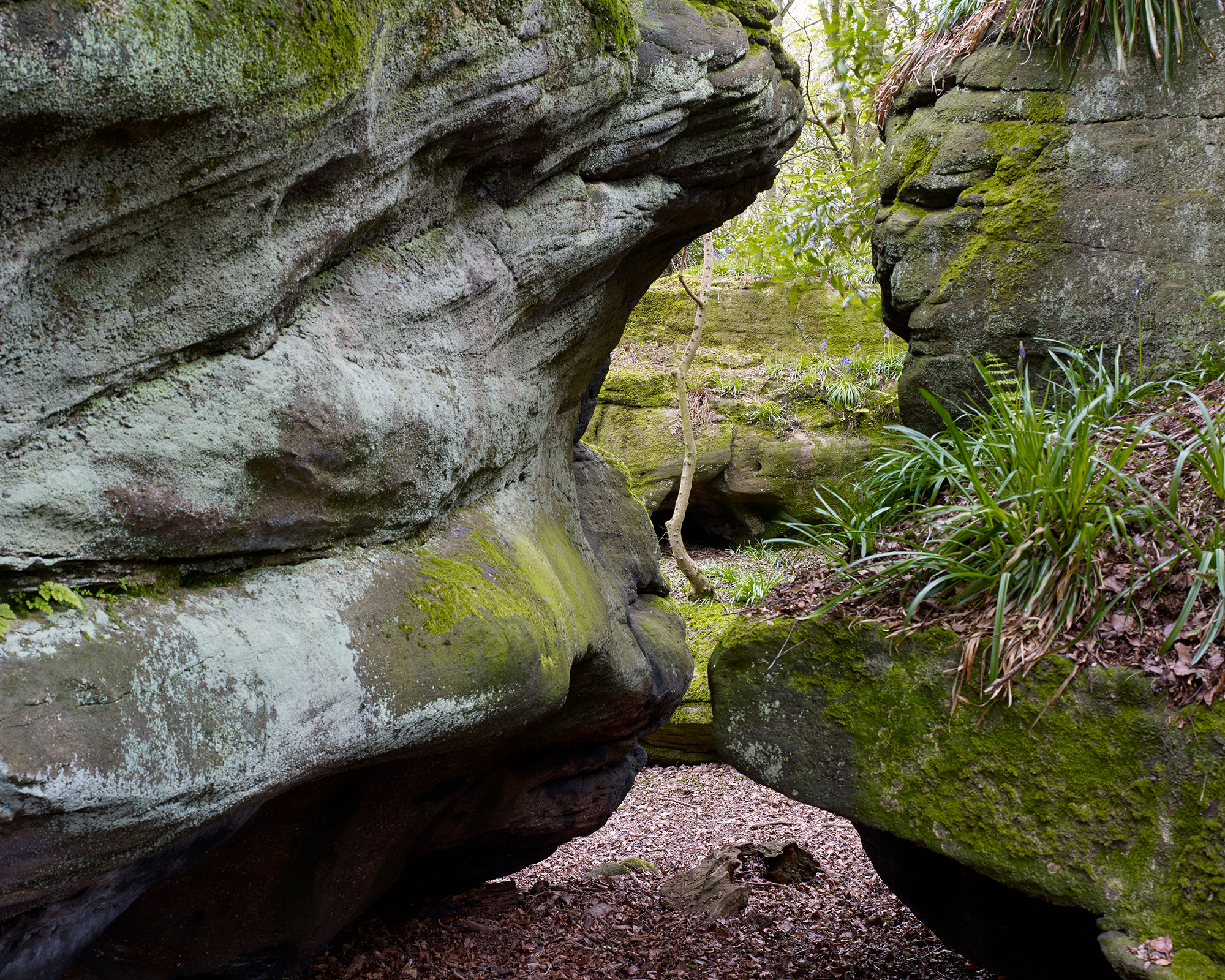
(Image credit: Future)
In traditional Japanese gardens, rocks, stones and oversized boulders are used to create islands, cliffs and mountains that can also act as garden shade ideas, and their shape and placement call for great expertise.
What you don't want is too much uniformity or consistency; quite the opposite in fact. The best stones are ones sourced from nature. To make your own natural rock garden, look to riversides, in the forest, or by the ocean for stones with the right kind of shape.
7. Get ahead with alpines
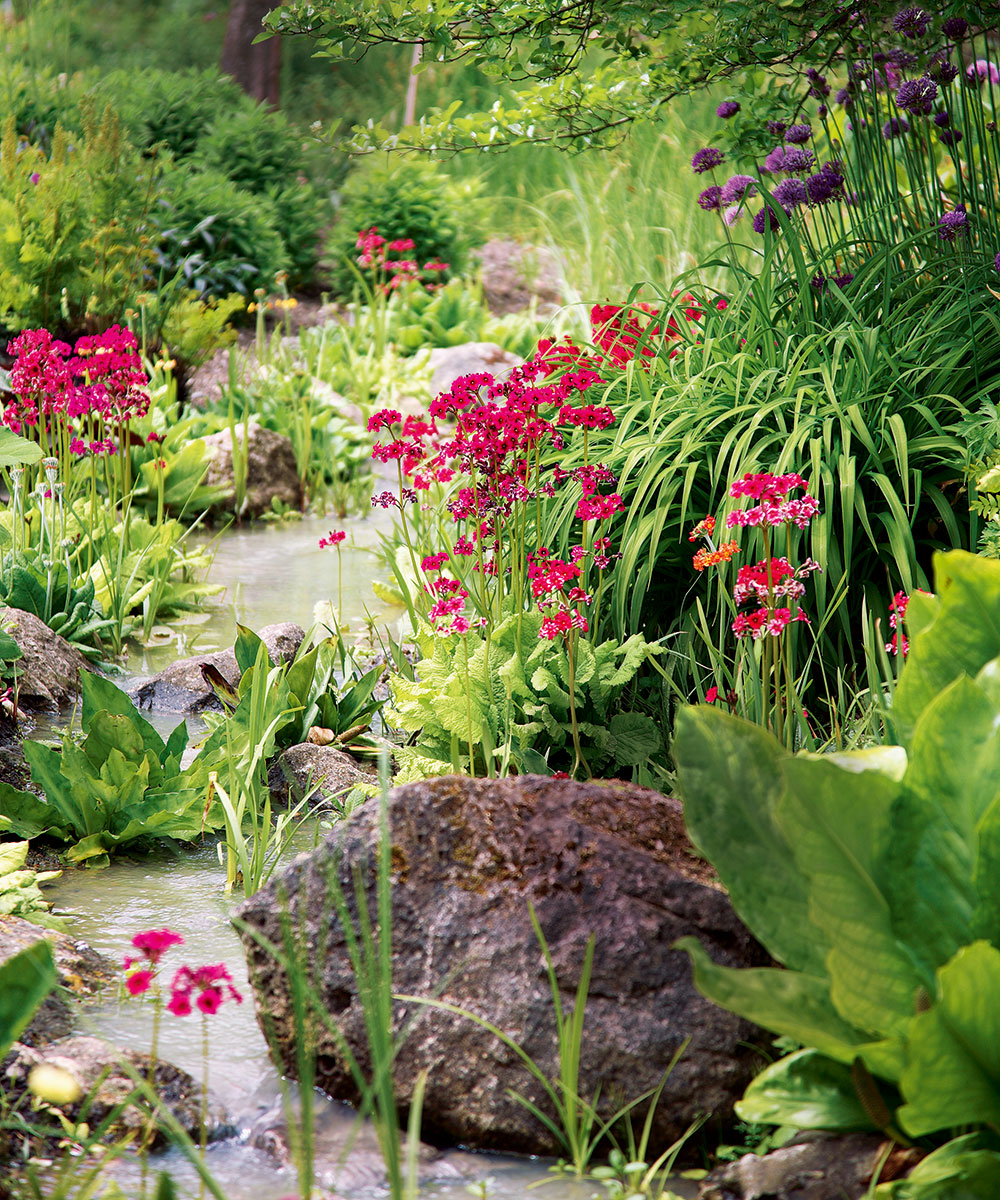
(Image credit: Future)
Alpines are a good choice for younger gardeners: their Thumbelina-scale – along with the variety of shapes, textures and colors – seems to fascinate children. Alpine plants have contributed to miniature landscapes for years and they're having a revival.
The majority of alpine enthusiasts use rock gardens replicating their natural habitats to grow these mini mountain plants. Since the 1980s rockeries have been out of favor with less committed gardeners, as they have gained a reputation of being fussy and old-fashioned.
But as gardens are getting smaller, it could be time to take a fresh look at this past trend and take inspiration from the alpine landscape in our small garden ideas.
Easy alpines can be acquired from garden centres and the most popular ones include primulas, thymes, saxifrage, pulsatilla, sedums, campanulas and the dainty maiden pink Dianthus deltoides. Shrubby alpines like Daphne alpine and Hebe buchananii can be used to add height.
8. Ace your layout
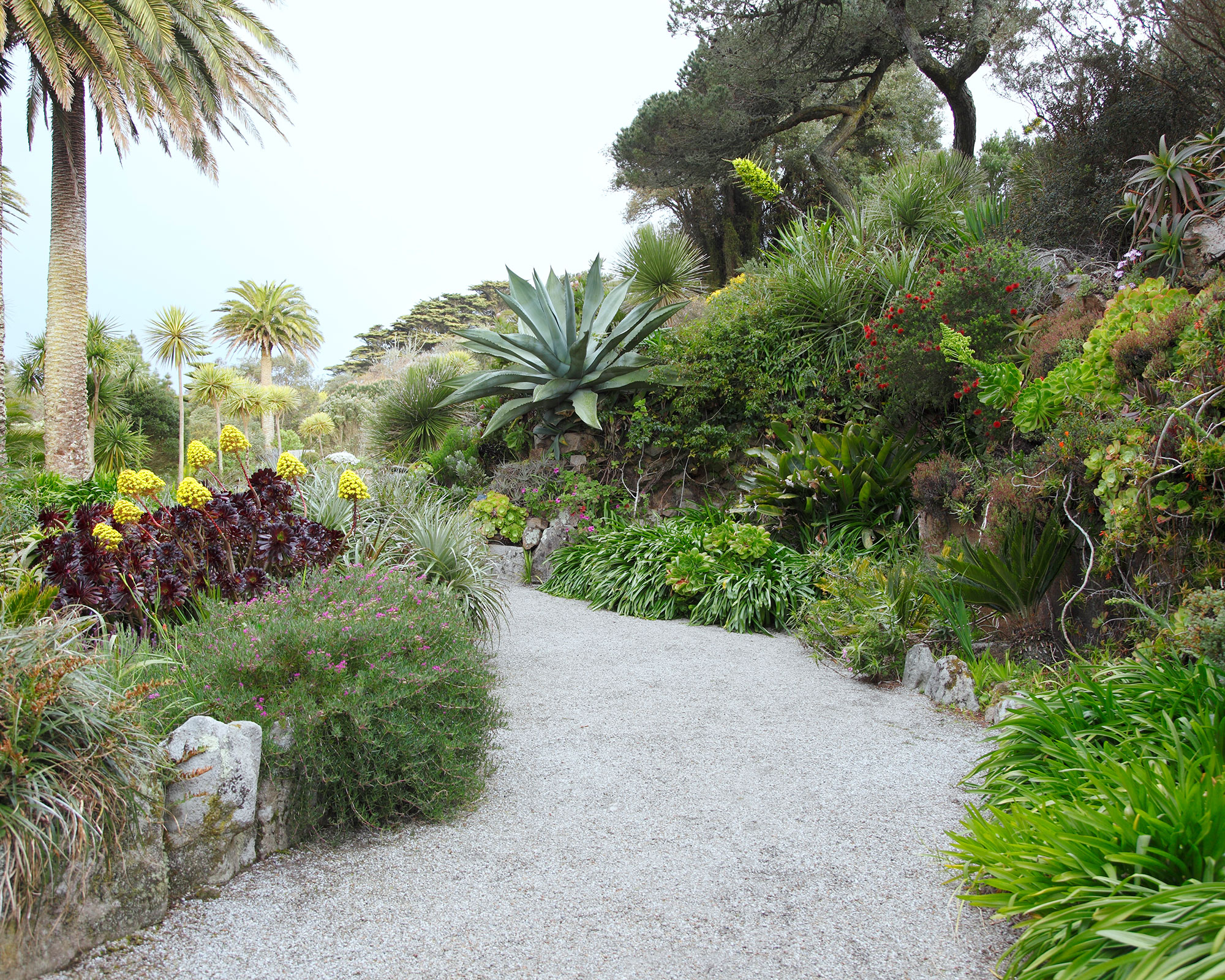
(Image credit: Future / Annaick Guitteny)
When arranging plants, choose taller plants for the back of the rockery – perhaps taking inspiration from tropical planting or Mediterranean garden ideas – scaling down in size to smaller plants at the front
After planting, top dress bare soil between the rocks with a layer of grit or fine gravel. This trick will help keep rain from washing muddy soil on to the plants and stop them from rotting around the crown.
9. Introduce an element of water
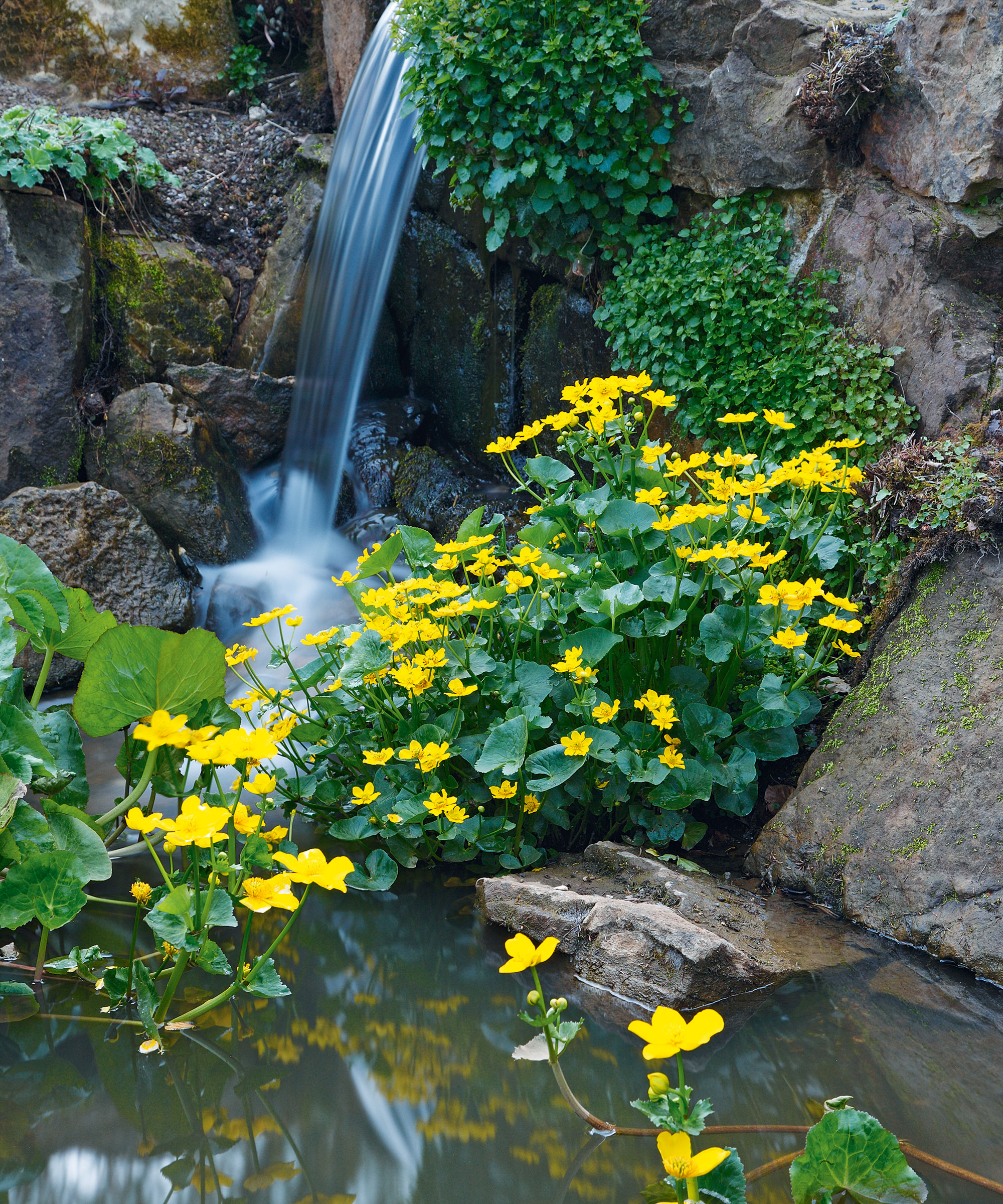
(Image credit: Future / Annaick Guitteny)
Creating a water feature or pond around a rockery brings something really special to the garden, encouraging wildlife and offering the opportunity to introduce new foliage.
For planting, specialist water garden designer Anthony Archer-Wills advises considering elements of vertical garden ideas too: 'Aim for large, bold climbers with strong foliage contrasts that look effective from a distance. For example, plant the white bulrush, Schoenoplectus in subsoil, taberneumanni 'Albescens', with blue pickerel weed, or the beautiful blue Iris laevigata 'Dorothy Robinson'.
'The key is always to mimic the natural arrangement of weathering seen in nature,' says Thomas Freeth, of the Royal Botanic Gardens, Kew.
10. Get the basics right
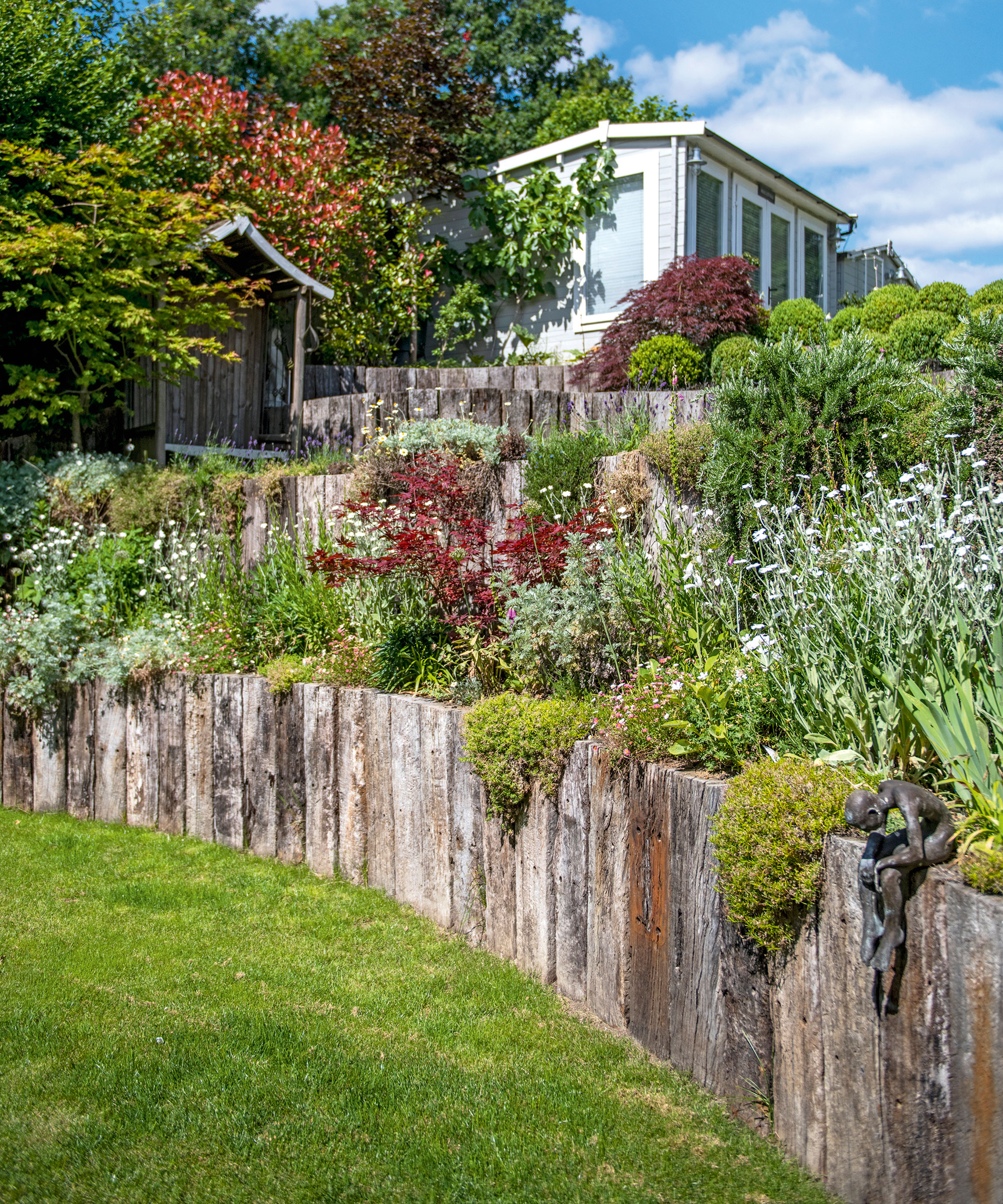
(Image credit: Future / Polly Eltes)
Given the right setting and some creative thought, a rockery can become your garden's most stunning feature. A free-draining site and sunny aspect is best for most alpine plants, so a south- or west-facing site that is well clear of overhanging trees is ideal. You can also create a rugged hillside effect by incorporating a rockery into your sloped backyard ideas.
Use stone or a soft, porous rock, such as limestone or sandstone, as over time these rocks will weather into interesting shapes and resemble the sorts of rocky outcrops found in nature.
Select rocks carefully, looking for flat, rough-shaped ones. It's best to use large rocks, as ones that are too small ruin the effect and can make a soil mound look like a plum pudding.
11. Create a small rock garden
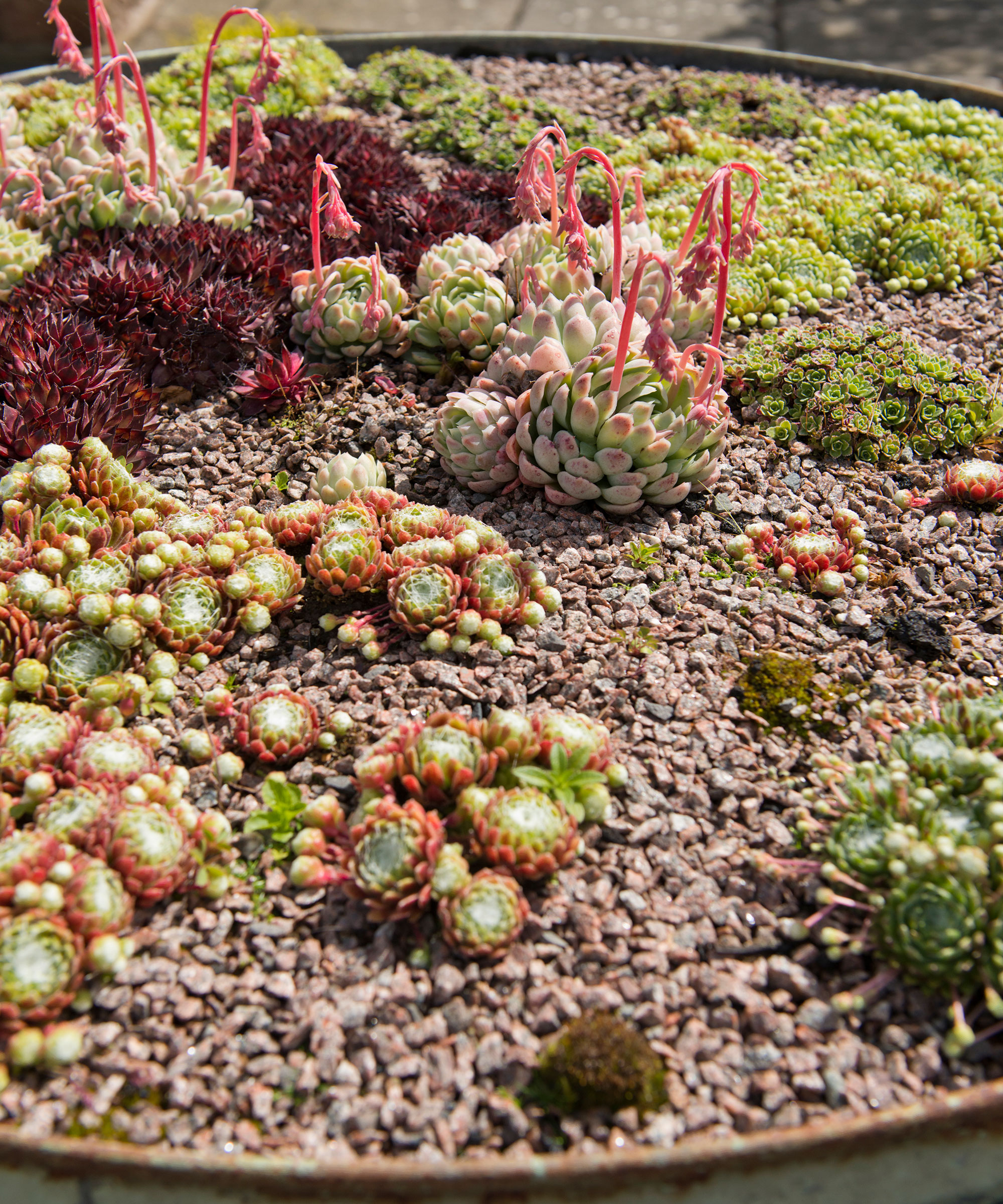
(Image credit: Future / Polly Eltes)
Rock garden ideas are not only reserved for large, expansive spaces. Recycle old basins and pails, and use plant pots to create a minimal landscape that will sit perfectly in a small space, even as part of grassless patio ideas.
Simply choose rock garden plants – succulents, cacti, and miniature bulb plants like the Japanese iris and daffodils – and scatter gravel or small pebbles around the plants. Then, display your miniature rockery on a table, patio or balcony garden.
How do you make a rock garden?
Chris Bonnett, the gardening expert at Gardening Express, says: 'Rockeries are easy to build from scratch and can be designed to fit in any garden.' However, there is some light preparation that should be done first.
'To prevent unwanted shoots from popping up in your rock garden, dig up any organic material like weeds and grass,' Chris says. 'Once the space is clear, set about laying out a perimeter of rocks as your rockery base.' Once that's done, all the fun of arranging, planting and experimenting with garden decor ideas can begin.
To be entirely satisfactory, rock garden ideas must appear natural in relation to their setting. A rockery must be well proportioned; it must also be constructed so as to suit the plants which are to adorn it, and it must be suitably situated with regard to the proportions of the gardens and the house.
Think about how rocks look in nature – and then try to recreate this in your garden. That means avoid arranging rocks in straight lines, for starters. Instead, go for clusters of various sized stones in a similar color.
How do I plan a small rock garden?
'Rock gardens do not have to be on a grand scale or include monumental works of earth and stone,' says Thomas Freeth, Rock Garden supervisor at the Royal Botanic Gardens. Rockeries can even be incorporated into the smallest of front garden ideas, like this tiny rockery tucked in beside the front door.
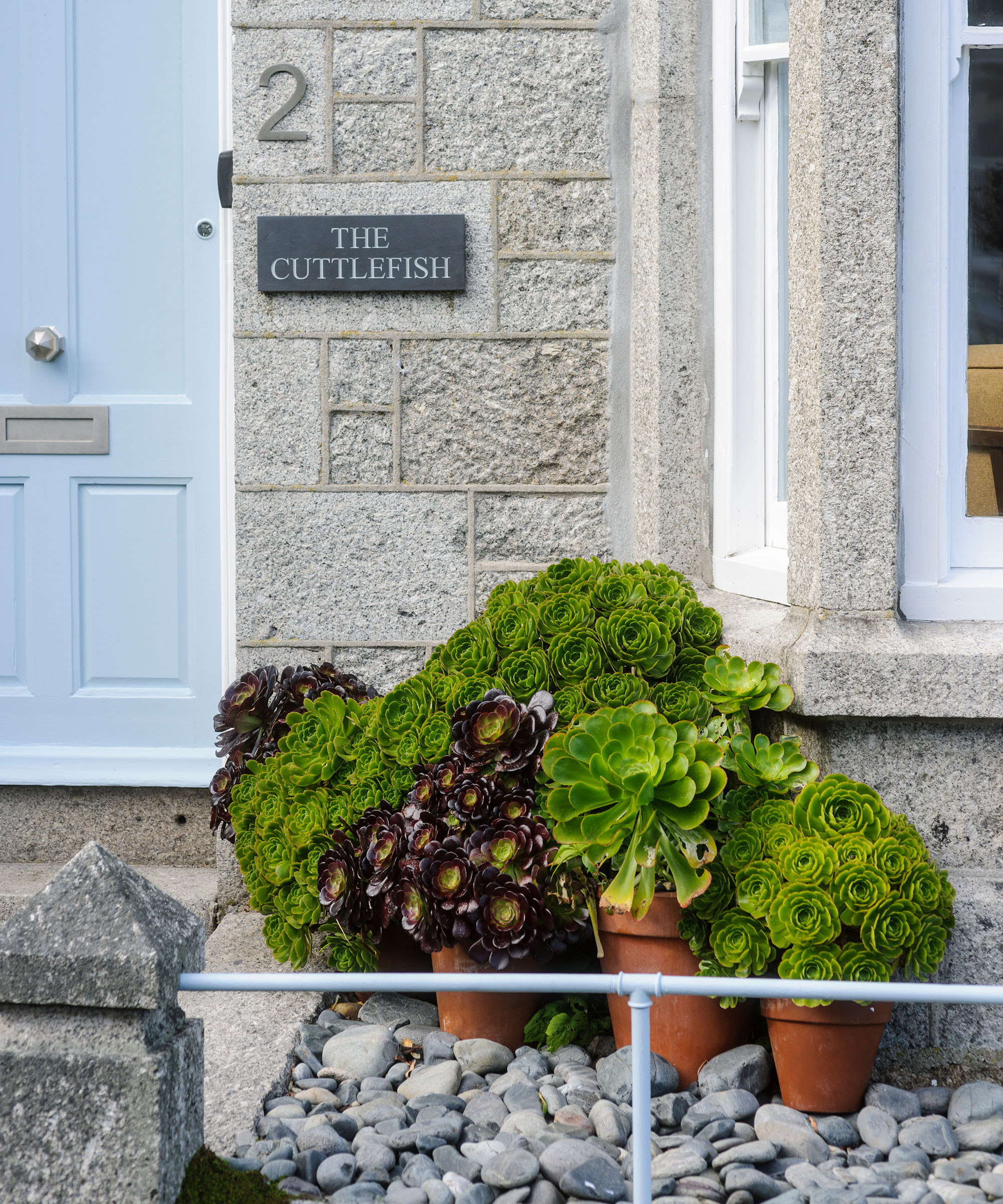
(Image credit: Future / Jason Ingram)
Freeth also has some advice if you are planning a small garden rockery: 'A small bank in a garden or even a good stone or concrete trough will do. However, all rock garden ideas will need good drainage and a permanently aerated substrate, to facilitate the long, searching roots that these plants require.'
When it comes to the materials, 'local stone in all shapes and sizes, building aggregates and even recycled bricks or reclaimed material can all be tried,' says Thomas. 'As long as they are inert and allow for air spaces in the rooting environment that won't close up over time, they are good.'

Jennifer is the Digital Editor at Homes & Gardens. Having worked in the interiors industry for a number of years, spanning many publications, she now hones her digital prowess on the 'best interiors website' in the world. Multi-skilled, Jennifer has worked in PR and marketing, and the occasional dabble in the social media, commercial and e-commerce space.
Over the years, she has written about every area of the home, from compiling design houses from some of the best interior designers in the world to sourcing celebrity homes, reviewing appliances and even the odd news story or two.
How To Create Backyard Garden
Source: https://www.homesandgardens.com/ideas/rock-garden-ideas
Posted by: govanloded1954.blogspot.com

0 Response to "How To Create Backyard Garden"
Post a Comment